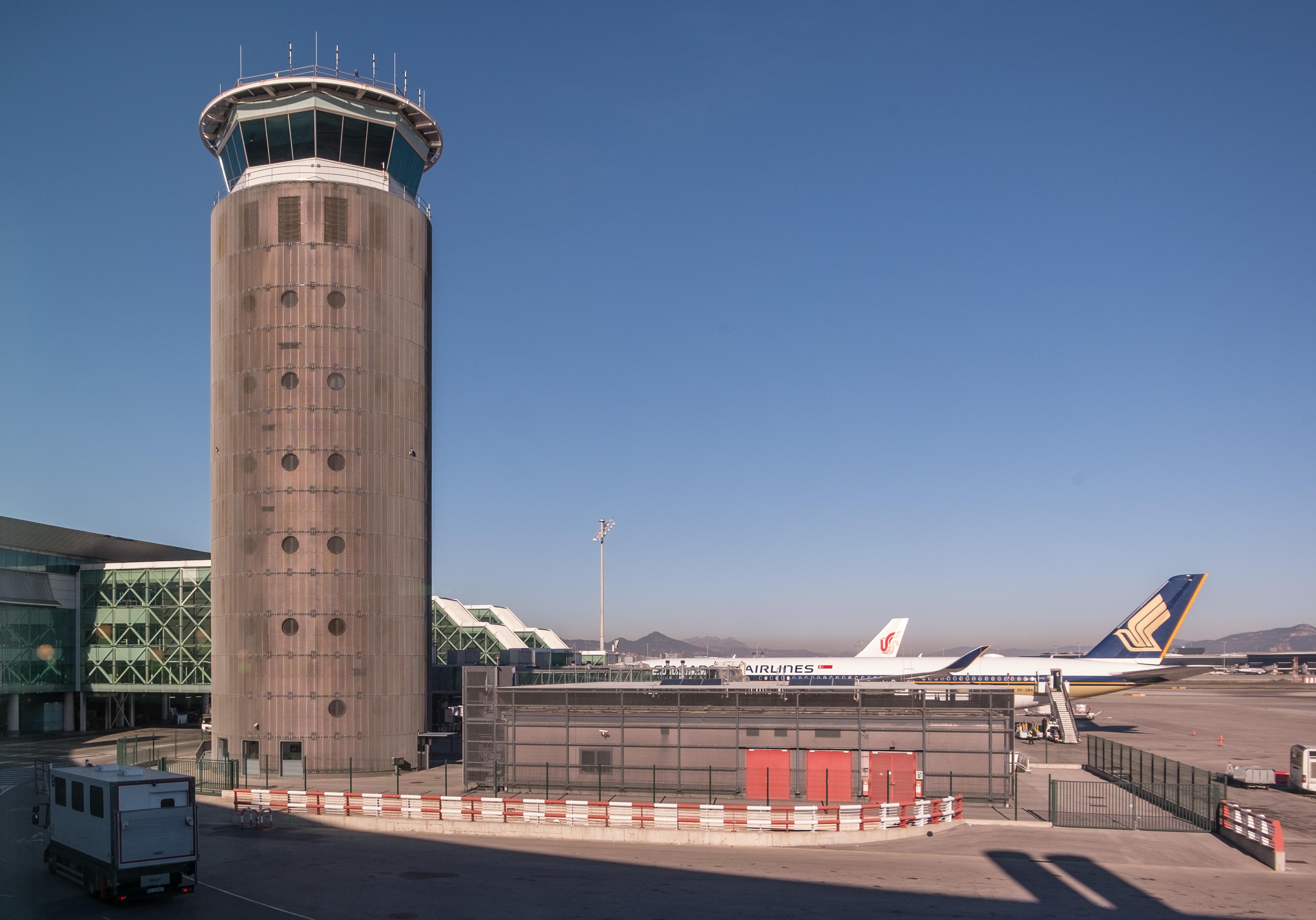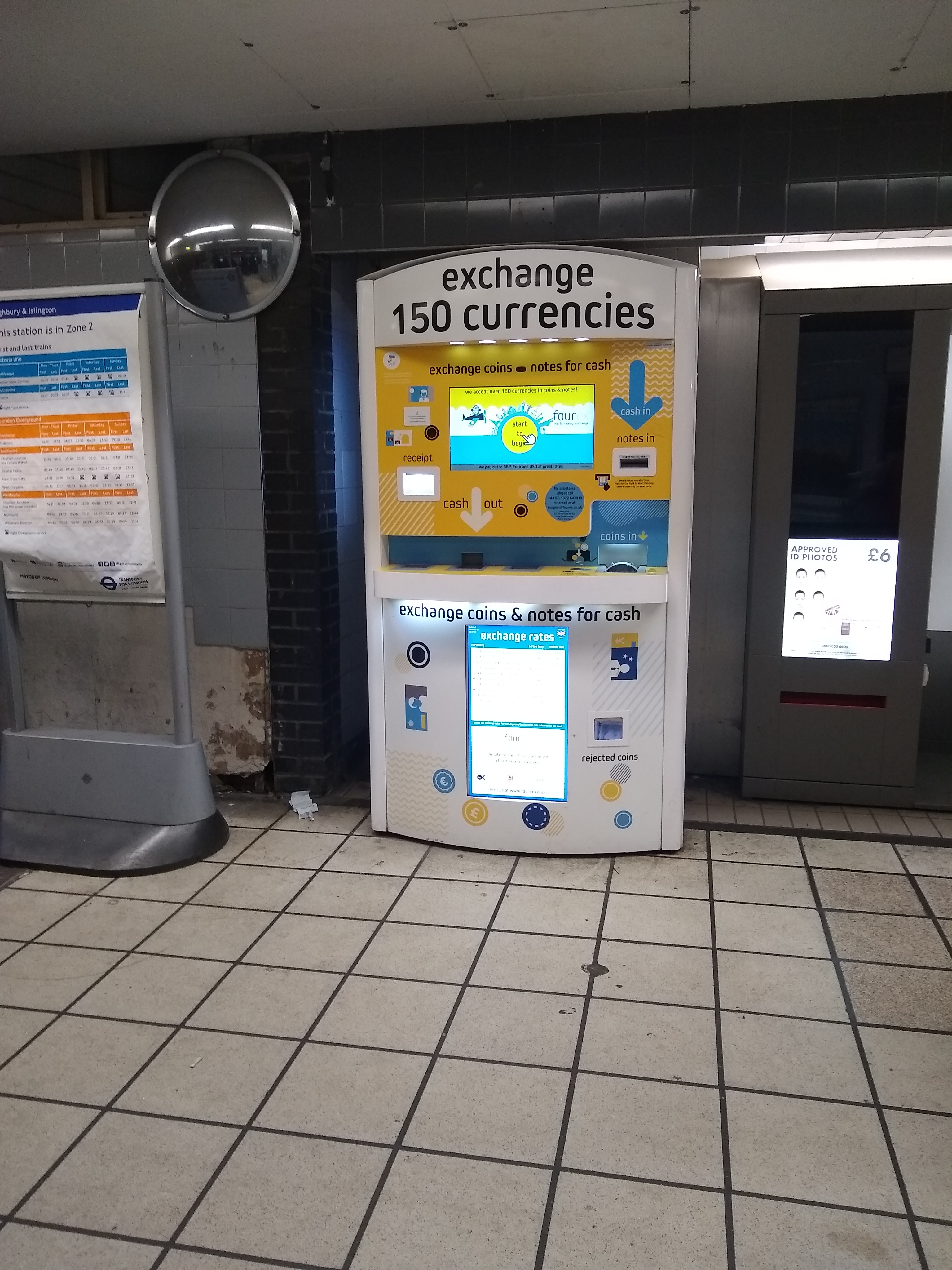Rising Travel Costs in Europe in 2024-2025

Traveling to Europe has become noticeably pricier in just the last year. According to the European Travel Commission’s 2024 report, accommodation prices in major cities have jumped by 12% compared to 2023. Airfare to top destinations like Paris, Rome, and Amsterdam has also gone up, with a 15% average increase. That means what might have been a week-long dream trip in 2023 could now cost several hundred euros more. The Eurozone’s inflation, which reached 5.3% in early 2025 according to Eurostat, has pushed up daily expenses like dining, transport, and museum tickets. Even grabbing a coffee or a simple lunch can leave a dent in your wallet. The rising costs have led many travelers to look elsewhere for better value. For those counting every penny, Europe’s new price tags can be a dealbreaker.
Overcrowding and Tourist Saturation in Popular European Cities

The charm of wandering through Europe’s cobblestone streets has lost some of its magic thanks to massive crowds. Data from the European Cities Tourism Index 2024 reveals that visitor numbers are now back to 90-95% of pre-2019 levels in hotspots like Paris, Rome, and Barcelona. This means that, once again, famous landmarks are packed shoulder-to-shoulder, and the lines for attractions can wrap around city blocks. Public transportation is often standing-room only, adding to the stress. Instead of discovering hidden gems, most travelers find themselves stuck in a sea of selfie sticks. For anyone craving a peaceful or authentic experience, these overcrowded scenes can be exhausting. The sheer volume of tourists also drives up prices and makes spontaneous exploring nearly impossible.
Emerging Alternative Destinations Outside Europe

As Europe’s prices and crowds soar, more travelers are heading to other corners of the world. Southeast Asian countries like Vietnam and Indonesia have seen international arrivals rise by 20% in 2024, according to the UNWTO. These destinations offer stunning scenery, rich culture, and delicious food at a fraction of European costs. South American gems like Colombia and Peru are also gaining traction for their vibrant cities, history, and friendly locals. These countries have invested in tourism infrastructure, making them safer and more accessible than ever. Travelers are sharing stories of pristine beaches, colorful festivals, and meals that cost less than a cup of coffee in Paris. With so many fresh choices on the map, skipping Europe can mean discovering a whole new world without breaking the bank.
Environmental Concerns and Sustainable Travel Trends

Sustainability is on every traveler’s mind in 2025. The European Environment Agency reports that tourism alone accounts for 8% of the EU’s total greenhouse gas emissions. With so many travelers flocking to the same top destinations, the impact on local environments is hard to ignore. More people are now seeking to lessen their carbon footprint by traveling to destinations that support eco-friendly tourism. Some travelers are choosing “slow travel”—staying longer in one place to minimize flights and resource use. Others are picking destinations known for environmental stewardship, such as Costa Rica or Bhutan. This shift in mindset reflects a growing desire to travel responsibly and make better choices for the planet.
Visa and Entry Policy Changes Affecting Travel Plans

Europe’s new travel regulations have added layers of complexity for tourists. The introduction of ETIAS in 2024 means that even travelers from visa-exempt countries must now apply for pre-travel authorization before entering the EU. While the process is meant to increase security, it adds extra paperwork, time, and sometimes costs. Some European countries have also tightened entry rules due to geopolitical tensions. These hurdles can turn a spontaneous getaway into a bureaucratic hassle. For those who value flexibility or last-minute planning, these new requirements can be a major deterrent. The extra steps have led some travelers to choose destinations with simpler entry processes.
Shifts in Work and Lifestyle Influencing Travel Choices

Remote work has changed the way people think about travel. In 2024 and 2025, many digital nomads are looking for places where they can stay longer, work comfortably, and enjoy a high quality of life—without the European price tag. Although countries like Portugal and Croatia have become popular for remote workers, they’re facing competition from places in Latin America and Asia where the cost of living is lower and internet infrastructure is strong. Cities like Medellín, Chiang Mai, and Bali now offer coworking spaces, lively communities, and affordable living. This trend is encouraging more people to skip expensive European capitals and opt for destinations that support their flexible lifestyles.
Safety and Security Considerations in 2025

While Europe is still considered generally safe, the Global Peace Index 2025 notes a slight increase in civil unrest and petty crime in some major European cities. Protests, strikes, and pickpocketing incidents have become more common in tourist-heavy areas. Travelers are urged to stay updated about local situations, avoid certain neighborhoods, and take precautions with valuables. These safety concerns can be unsettling for those traveling with families or alone. Some travelers are now prioritizing destinations that are perceived as more stable or have lower rates of crime and unrest. Safety is playing a bigger role in travel decisions than it has in previous years.
Cultural Experiences Beyond the European Mainstream

Europe’s museums, cathedrals, and art galleries are legendary, but many are now packed and commercialized. Travelers in 2025 are searching for richer, more personal cultural experiences than the typical European itinerary offers. Countries in Africa, Asia, and South America provide chances to join local festivals, taste traditional foods, and connect with indigenous communities. For example, travelers in Peru can learn weaving techniques from Andean artisans, while a trip to Ghana might include drumming workshops and village homestays. These immersive experiences feel more genuine and less scripted than a guided tour through a European capital. The appeal of something new and less commodified is pulling more travelers away from familiar European sights.
Impact of Currency Fluctuations on Travel Budgets

Currency swings can make or break a travel budget. The Euro has gained strength against the US dollar and British pound in early 2025, based on XE Currency Data. This means Americans and Brits will find their money doesn’t stretch as far in Europe as it did even a year ago. By contrast, destinations with weaker or more stable currencies—like those in Southeast Asia or South America—offer better value for the same travel budget. This financial reality is pushing more travelers to rethink Europe as their first choice, especially those who want to make their savings count. Watching exchange rates has become a key part of the travel planning process.
Technological Innovations Changing Travel Patterns

Technology is reshaping how travelers find new places to visit. In 2024 and 2025, AI-powered travel planners and virtual reality tours are helping people discover unique destinations tailored to their interests and budgets. These tools often suggest lesser-known spots that might have been overlooked in the past. Improved flight connections and faster internet in non-European countries have also made far-flung places more accessible. Travelers can now book, plan, and even preview their trips online, making it easier to explore beyond Europe’s traditional tourist circuits. This tech-savvy approach is opening up the world in ways that weren’t possible just a few years ago.



